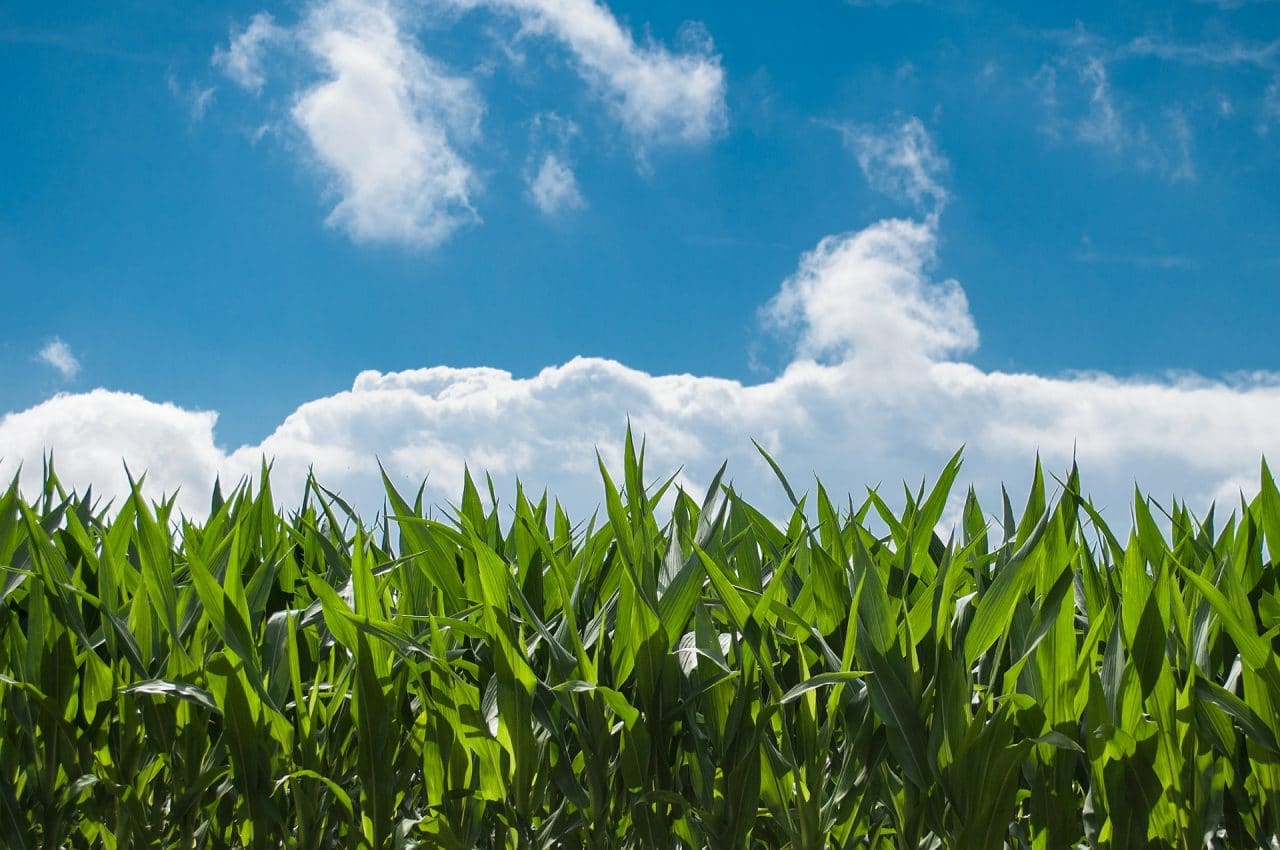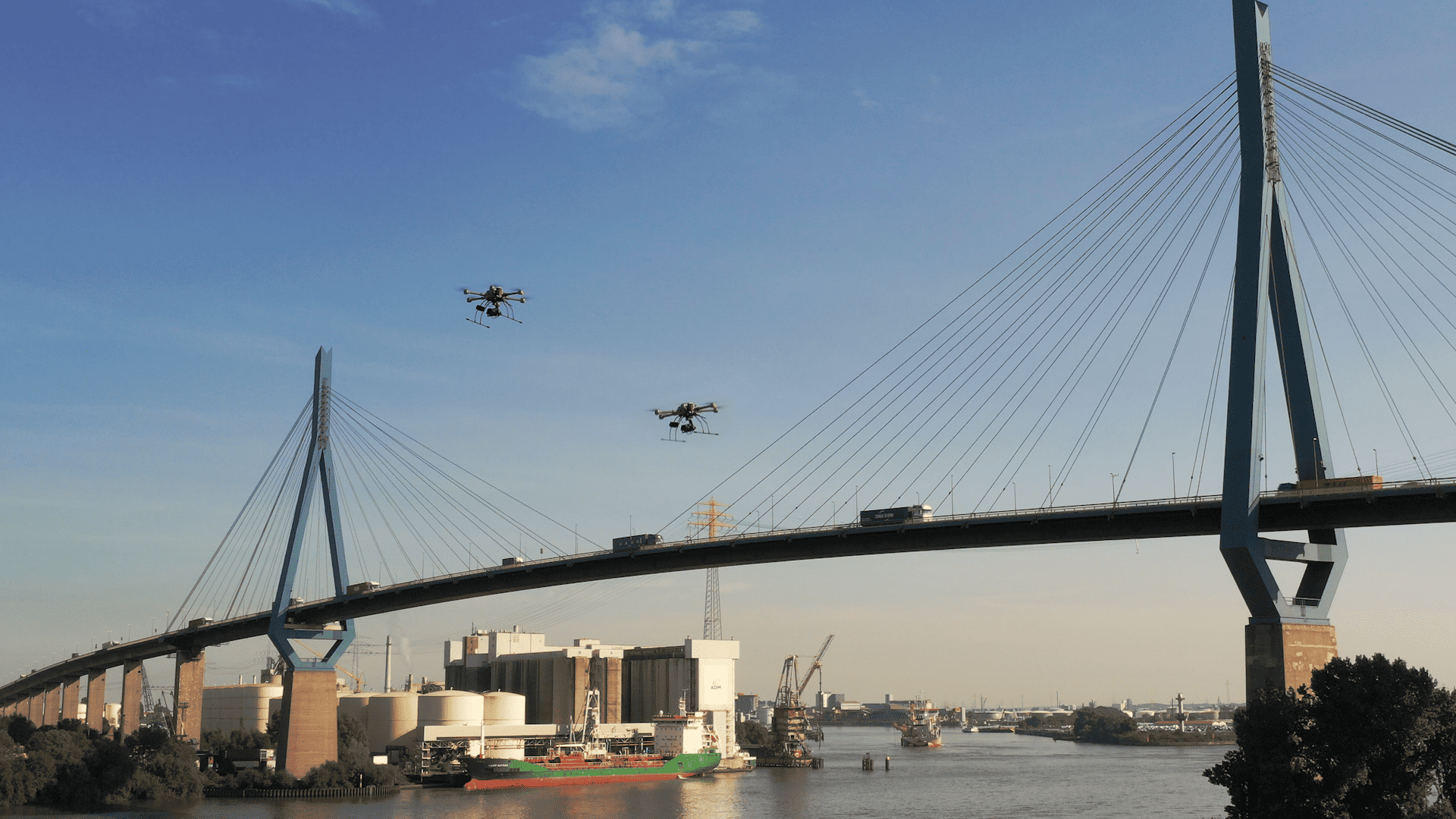
The University of Natural Resources and Applied Life Sciences in Vienna encompasses all research areas within the field of bioeconomics and sees this as a unique selling point at a global level. A center for bioeconomics has now been created in order to be able to coordinate the extensive research within the university.
The term bioeconomy refers to the efforts towards an economic form where technology and ecology are brought into line. Measures include the utilization of renewable resources and the reduction of the import of fossil raw materials.
Bioeconomics is a program at the University of Natural Resources and Applied Life Sciences in Vienna (BOKU Vienna). More than 80% of the institute is involved in conducting research within this field. The focus has evolved in a time-honored manner, explains Martin Greimel, head of the Center for Bioeconomics. The university has always been involved with the natural sciences, technology and social sciences. Focus on bioeconomics was established in 2016 due to a peer-review process involving international experts. The center for bioeconomics was founded in 2019 on the basis of a strengths/weaknesses analysis, Greimel states.
The successes of this consistent approach continue to receive international recognition. A showcase project is Carbofeed – a method whereby CO2 could be used as a sustainable source for raw materials,” says Greimel. The environment would also benefit as no other agricultural land is needed for animal feed production”.
The link to the project can be found here.
More recently, BOKU Vienna played a leading role also in the development of the Austrian Bioeconomic Strategy, which the Federal Ministry for Sustainability commissioned in 2018.
In the following interview Martin Greimel offers an insight into this strategy:
Converting the economy from non-renewable raw materials into renewable ones is one of the most effective measures in the fight against climate change – such is the philosophy at BOKU Vienna. At the same time, the ideal seems unattainable. You have said: “If we were to convert everything in Austria to renewable raw materials, we would need 50 percent more land for cultivation.” What is the actual scenario?
In making this statement, I am referring to the results of the BioTransform, a project led by BOKU Vienna. This project analyzed whether or not, or how, the transformation to a low carbon bioeconomy would be possible in Austria by 2050 if domestic biomass were used. We are attempting to illustrate potential development routes in the scenarios presented there. How a conversion from fossil to renewable raw materials would be possible with the current land area and present-day imports. In retrospect, we are able to calculate that if consumption were to remain the same, we would need 50 % more land mass, or an equivalent level of imports.
The link to the project can be found here.
Is there such a thing as an Austrian perspective with regard to bioeconomic strategy?
Nearly all strategies have the production of bio-based raw materials from land and water in common with each other. Production of energy, food and feed as well as materials, chemicals and pharmaceuticals will have to be biobased. Furthermore, organic treatment and processing processes are necessary too.
Another specific focus of Austria’s bioeconomic strategy is consideration of sustainability and recycling principles and incorporation of relevant services and social science aspects.
Key sectors in Austria’s bioeconomy strategy are agriculture, forestry and water management. What policies have been developed for these sectors?
Climate change poses a new supply challenge. With this bioeconomic strategy, Austria aims to optimize crop cultivation of the principal fruits and tree species found in forests. New fruits are expected to provide a sustainable source of income. Furthermore, a higher ecological and economic potential is also anticipated, via e.g.:
- aquaculture, as a viable complement to agriculture and forestry;
- development of new uses for algae biomass in the food and pharmaceutical industries;
- development of additional protein sources and specialized crops;
These measures are only partially within the scope of BOKU Vienna. For example, we have a few activities currently going on within the aquaculture sector.
Which branches of industry should be taken into consideration when it comes to new, intelligent and biobased products in Austria?
The goal of biobased production of all products and processing methods concerns existing products as well as innovative new products. Traditionally Austria has a proven track record in pulp and fiber products along with sawmill and wood products and could be considered a technology leader in Europe.
An example of a new, innovative product of this kind is lignin, which is derived from wood. To date, lignin has mostly been used for the generation of energy. Participating institutes at BOKU Vienna are researching new lignin–based products such as adhesives, perfumes, pharmaceuticals and cosmetics.
There is talk of an increased need for environmental and social scientific research. Which problems are most urgent?
Bioeconomics has in the past concentrated on solving technological problems, such as the provision of raw materials, technologies for the processing of biomass and the like. Positive results have already been found in many cases – at least on a laboratory scale. However, environmental and social aspects have often been neglected. This has, for its part, led to a tank/trough/plate problem. What this means is competition between tank, trough and plate – i.e. between biofuels and feed and food.
This has hampered the positive results that were being sought in the bioeconomy. It is therefore important to step up the research into the environmental and social aspects. Issues concerning environmental policy include technology assessment, carbon footprints and biodiversity. In social science, the main issues are standards, legal regulations, ethics and land use conflicts.
Thank you for this interview.
Also interesting:
Yeast as an alternative protein source for animal feed
Plants with deep roots could utilize dry soil
European researchers call for a waiver for agricultural genome editing
Debris-covered glaciers as result of global warming
New quality assurance method to encourage the recycling of soil from excavated material
How Tourist Regions Optimize Their Waste Management Sustainably







